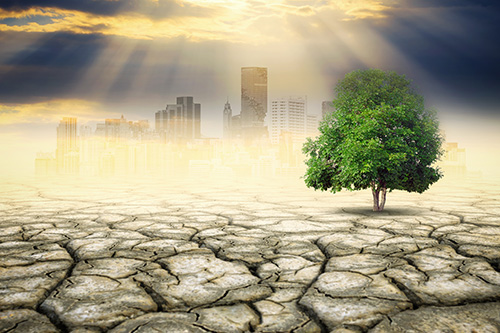Description
Human and natural environments play an important part in the health and quality of life of Central New York residents, the state, our country and the world. After a Covid hiatus, in the 5th year of this series, a new slate of speakers will make presentations on environmental topics with the potential to impact our community.
February 2: Decarbonization strategies – How companies are meeting aggressive greenhouse gas (GHG) reduction goals
William Flederbach, President and CEO, Climeco, Inc.
Climate change is real and decarbonizing can be very challenging. Bill will highlight how companies are setting their climate goals and how they are achieving them, both internally and within their supply chain. Learn the technologies that destroy or prevent GHGs from entering the atmosphere, as well as technologies and nature-based solutions used to sequester GHGs once in the atmosphere.
February 9: Restoration of Endangered American Forests: The story of the Darling 58 American Chestnut tree
Patrícia Fernandes, The American Chestnut Research and Restoration Project, SUNY College of Environmental Science and Forestry
Chestnut blight was introduced into the US in the 20th century and led to the functional extinction of the American chestnut tree. In this session, Dr. Fernandes will talk about the efforts to restore the American chestnut, focusing on the story of the Darling 58 and how the research behind it is currently being applied to other endangered US forest trees.
February 16: GHG Reduction and Master Planning at the State University of New York (SUNY) Campuses
Robert M. Neimeier, Client and Market Officer, Energy Consulting Services, Ramboll USA
SUNY is subject to New York State’s Climate Leadership and Community Protection Act with GHG emission reduction goals of 40%/2030 and 85%/2050. SUNY campuses are charting near-term actions and long-term decisions through Clean Energy Master Plans. Case study results will cover energy efficiency opportunities, technology screening, low carbon scenario planning, economic analysis, and implementation and phasing hurdles.




